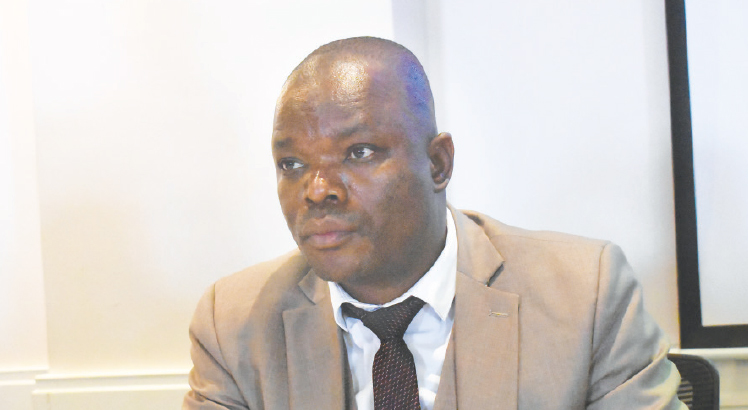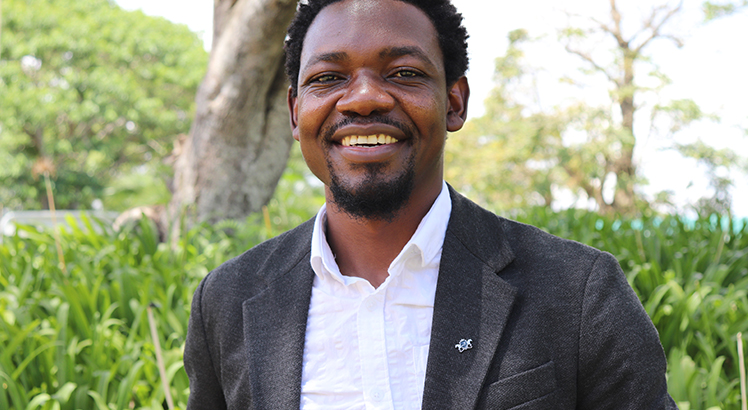NAC targetting MSNs, as high risk group
One of the keys in the fight against HIV and Aids is to ensure that the right to access prevention, testing and treatment for all is upheld. Yet minority groups like Men who Sleep with other Men have been left out. Other key populations like female sex workers have sometimes been denied access to services. Our Staff Writer engages National Aids Commission (NAC) public relations officer Karen Msiska on this situation. Excerpts:

Is NAC aware of the problems MSM face in accessing HIV prevention, testing and treatment?
As an institution mandated to provide leadership, technical guidance, facilitation and coordination of the National HIV and Aids Response, NAC recognises Men who have Sex with Men (MSM) as one of the key population (KP) groups because of their increased risk of acquiring or transmitting HIV due to their specific higher-risk behaviours. They often have legal and social issues related to their behaviours that increase their vulnerability to HIV. These social and legal issues, including stigma and discrimination, violence, restrictive laws and policies, constitute barriers to access and uptake of health services, including HIV-testing, care, and treatment services.
Have there been any research or studies by NAC on MSM and what have been the findings?
Several studies have been conducted globally and at the national level to gain a better understanding of the HIV dynamics among MSMs. According to the Joint United Nations Programme on HIV and AIDS (UNaids), as of 2022, globally, it was estimated that the risk of acquiring HIV is 26 times higher among MSMs than the general population. According to the 2019–2020 Malawi Biological and Behavioural Surveillance Survey (BBSS) conducted by the National Statistical Office (NSO), it was estimated that there are about 23 200 MSMs in Malawi with an HIV prevalence of 12.8 percent against a prevalence of 7.3 percent among the general population.
Does NAC have any particular interventions for these people who are in the minority?
As the overall coordinator of the National HIV and Aids Response, we ensure that nobody, including the key and vulnerable populations, is left behind in the HIV programming. We have included interventions for MSMs in the National HIV and Aids Strategic Plan (2020-2025). We have developed a minimum HIV and Aids service package for MSM. We also conduct regular studies to generate evidence for programming which include population size estimates and hotspot mapping. We engage MSM-led organisations in all our HIV-related activities, including technical working group meetings, joint annual review meetings, development of policy documents, development of HIV funding proposals as well as conducting studies, among others.
It is important that specific tailor-made interventions are provided to MSMs because of the existing dynamics in transmission. There is evidence that the sexual networks of MSMs and those of the general population overlap. This means that failure to contain HIV among MSMs threatens the rebound of the epidemic among the general population.
It is evident that many MSMs don’t open up due to other social, religious and traditional reasons. How does this hamper their access to prevention measures, testing and treatment?
Criminalisation, stigma, discrimination, violence and society’s disapproval of men having sex with other men drive them underground. As such, they do not adequately access the HIV services that meet their needs.
Health workers are vital in how they provide services to MSMs. How is NAC working with them to ensure that discrimination in hospitals is minimized?
NAC, in collaboration with the Ministry of Health, coordinates regular training of healthcare workers on the provision of KP-friendly health services. Additionally, NAC coordinated with the ministry on the development of standard operating procedures and minimum service packages for MSMs and other key population groups.
How can providing safe places for MSMs help where they can access these services and referrals to hospitals?
The national response offers differentiated service delivery to meet the needs of all the people that need HIV services. One of the service delivery models for key populations in Malawi is the use of safe spaces called drop-in centers (DICs). These are dedicated service delivery points for KPs offering comprehensive HIV and SRH services with support from development partners, in particular Pepfar. This model has significantly contributed to the increased uptake of HIV services by KPs. Additionally, some public and private health facilities provide KP-friendly health services, and we call them hybrid health facilities. They also ensure the safety of KPs as they come to access HIV services.
Would you have any other comments?
Malawi has aligned itself with the 2021-2026 Global AIDS strategy which seeks to end inequalities that are holding back progress in our aspiration to end AIDS as a public health threat by 2030.Under the leadership of NAC, in collaboration with the Ministry of Health, KP community and other relevant stakeholders, strategic guidelines and policies have been developed. These policies and guidelines seek to create a conducive environment for programming, thereby improving access to and uptake of high-quality HIV prevention and treatment services among KP individuals and their sexual partners in Malawi.





